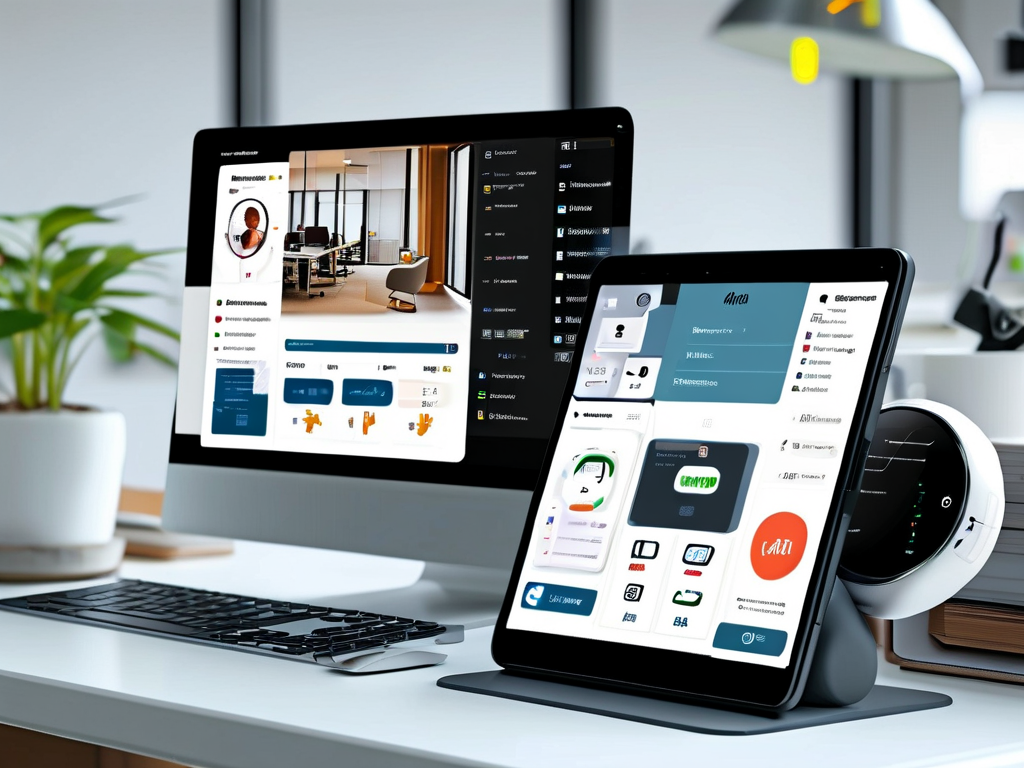In today’s fast-paced work environment, businesses increasingly rely on digital tools to streamline operations. Among these tools, automated deployment clock-in software has emerged as a critical solution for managing employee attendance, remote work tracking, and compliance. This article explores popular software options, their features, and practical use cases to help organizations choose the right platform.
The Rise of Automated Clock-In Systems
Traditional manual attendance tracking methods are error-prone and time-consuming. Automated deployment solutions address these challenges by integrating with existing HR systems, enabling real-time data synchronization, and reducing administrative overhead. These platforms often combine facial recognition, GPS geofencing, and biometric authentication to ensure accuracy while complying with labor regulations.
Key Features to Prioritize
When evaluating automated clock-in software, organizations should prioritize scalability, cross-platform compatibility, and customization. For example, cloud-based deployment allows seamless updates without disrupting daily operations. Integration with payroll systems and project management tools like Slack or Microsoft Teams further enhances workflow efficiency. Advanced analytics dashboards also provide insights into attendance patterns, helping managers optimize scheduling.
Leading Solutions in the Market
-
TimeBot Pro
TimeBot Pro stands out for its AI-powered anomaly detection, which flags unusual clock-in patterns or potential policy violations. Its mobile app supports offline mode for remote teams, automatically syncing data once connectivity resumes. Developers appreciate its open API for creating custom plugins, such as linking attendance data to Jira tickets. -
WorkPulse Suite
Designed for enterprises, WorkPulse Suite offers multi-tiered approval workflows and GDPR-compliant data handling. A unique feature is its "virtual workspace" module, which tracks active application usage during work hours—a boon for hybrid teams. However, its on-premise deployment option requires dedicated IT support. -
Clockify Edge
Clockify Edge caters to small businesses with budget constraints. Its browser extension enables one-click clock-ins directly from Google Workspace or Outlook. While lacking advanced biometric features, it provides robust CSV export functionality and integrates with accounting software like QuickBooks.
Implementation Best Practices
Successful deployment requires phased rollouts. Start with a pilot group to identify technical gaps, then gradually expand access. Training materials should include video tutorials and simulated scenarios—for instance, demonstrating how GPS variance thresholds accommodate employees working near geofence boundaries. Regularly audit system logs to ensure compliance and update recognition algorithms to minimize false negatives.

Code Snippet: Basic API Integration
For teams with custom requirements, most platforms offer API access. Below is a Python example for fetching attendance data from TimeBot Pro:

import requests
api_endpoint = "https://api.timebotpro.com/v1/attendance"
headers = {"Authorization": "Bearer YOUR_ACCESS_TOKEN"}
response = requests.get(api_endpoint, headers=headers)
if response.status_code == 200:
data = response.json()
print("Retrieved records:", len(data['entries']))
else:
print("Error:", response.text)
Ethical Considerations
While automation improves efficiency, organizations must balance monitoring with employee privacy. Transparent policies about data collection and storage duration are essential. Some jurisdictions mandate explicit consent for biometric data usage—a legal nuance HR teams cannot overlook.
Future Trends
Emerging technologies like blockchain-based timestamping and IoT wearables are poised to reshape this sector. Experimental platforms now use machine learning to predict attendance trends, such as identifying departments prone to chronic tardiness and recommending workflow adjustments.
In , selecting automated deployment clock-in software demands alignment with organizational size, technical infrastructure, and regulatory requirements. By combining robust technology with ethical governance, companies can foster accountability without compromising employee trust.









